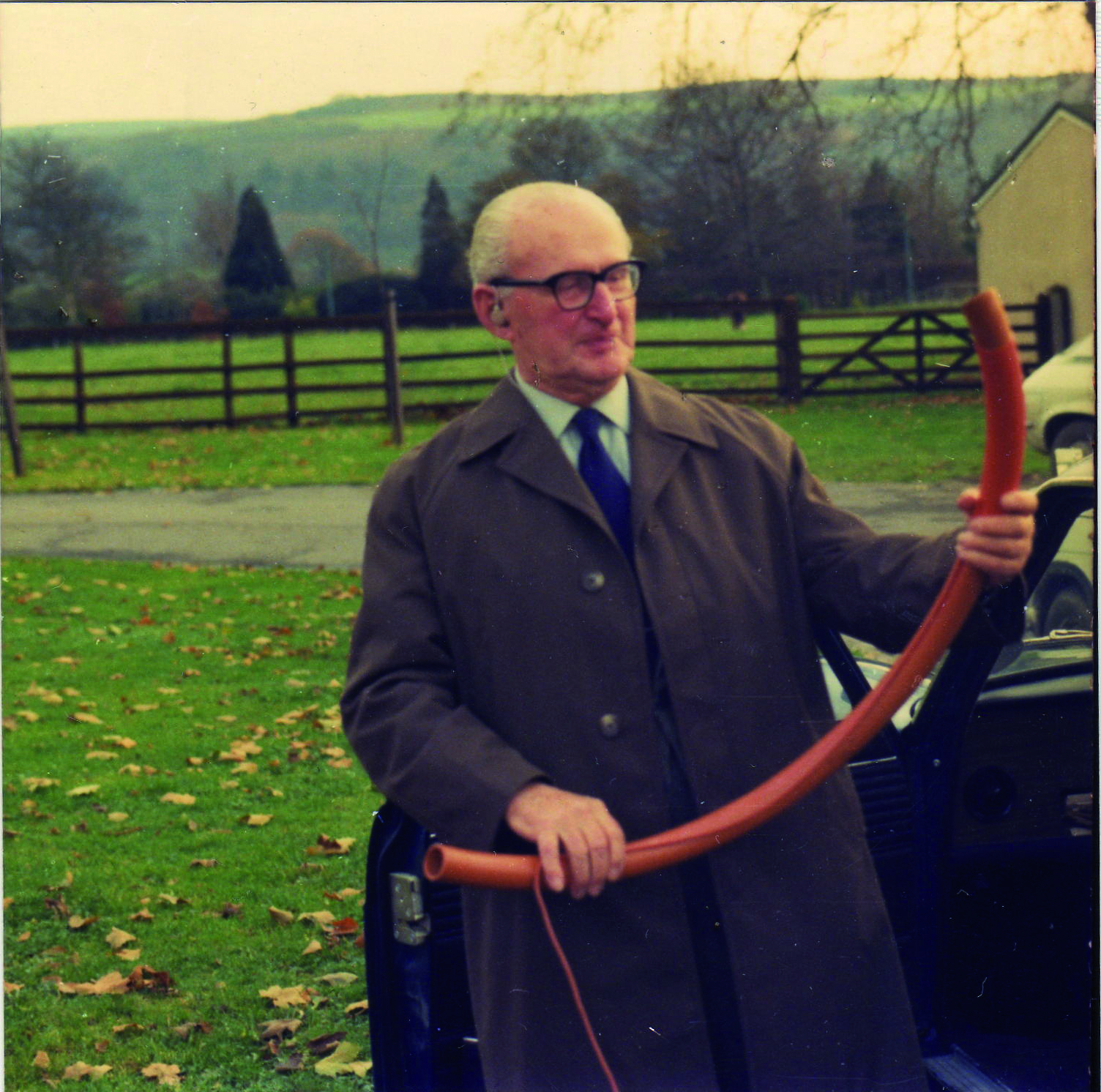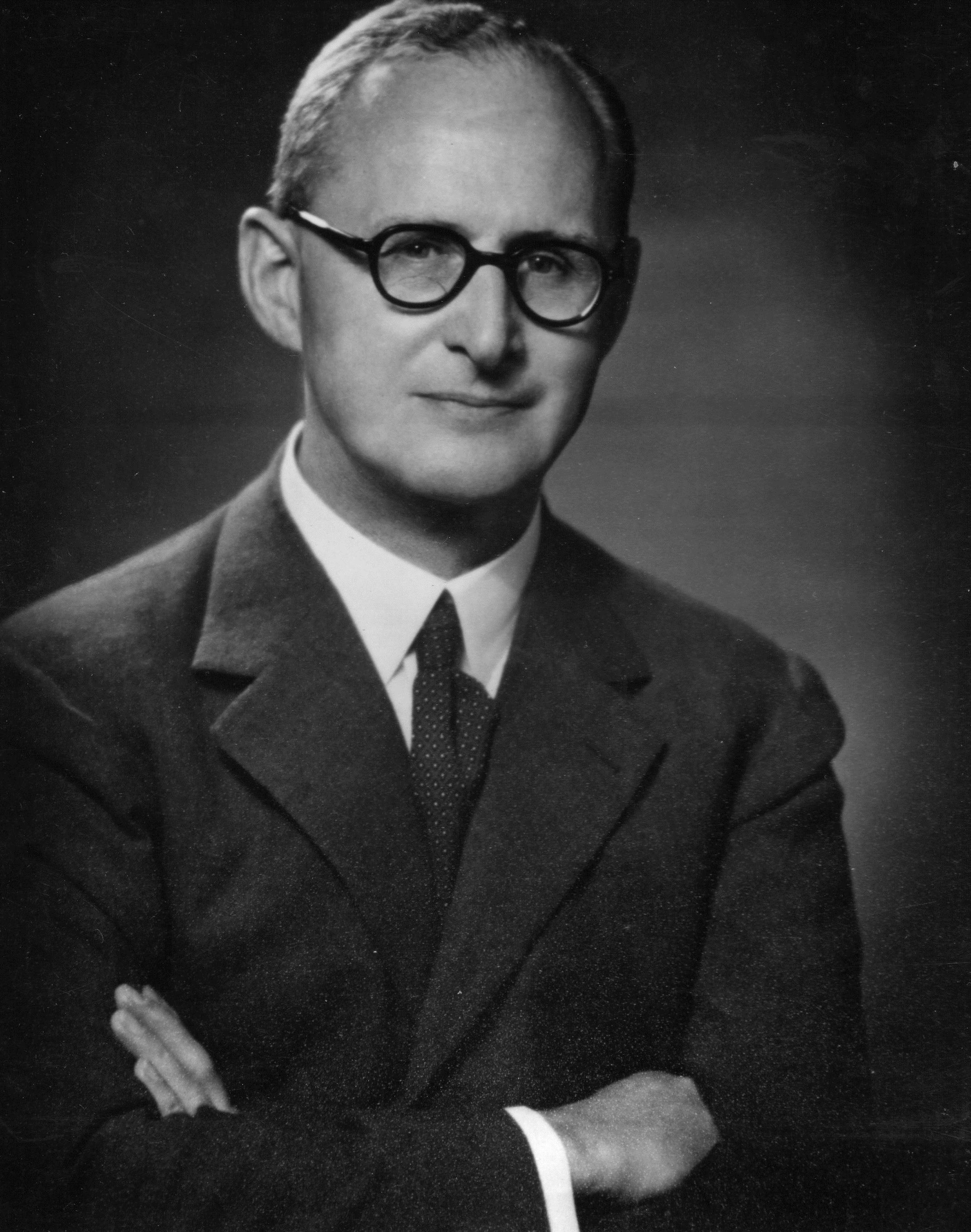Sir Ivan Magill and endotracheal tubes
These seemingly unremarkable tubes represent a huge shift in the history of anaesthesia. These flexible red rubber tubes are endotracheal and nasal tubes – tubes that are inserted into the trachea (windpipe) through the mouth or nose to help patients breathe. They were first introduced in the 1920s by anaesthetist Ivan Magill and are still a staple in any anaesthetist’s kit today.

Tracheal tubes had only been in sporadic use before the Magill endotracheal tubes arrived. After the first successful demonstration of ether anaesthesia in 1846, anaesthesia was primarily administered by vapour produced in an apparatus attached to a tube and a facemask, or, a bit later, by wire masks onto which ether or chloroform was dripped from a bottle.
However, when Magill worked at Queen Mary’s Hospital for Facial Injuries after the First World War, he realised masks proved impractical at best when anaesthetising people who required surgery on their faces.
So, Magill set out to find suitable tubes. First, he ‘borrowed’ one from a Boyle’s machine, the rubber of which was sufficiently hard but flexible. Eventually Magill found a supplier of rubber coils (who also sold squeeze dolls and footballs) in London, before working with eminent manufacturer of anaesthetic equipment Charles King on sourcing the perfect rubber. Magill tubes were made in all kinds of sizes, fitting infants and even horses!

Endotracheal tubes have evolved over the decades; they are now, for example, made from medical plastic rather than red rubber. This means that they are not sterilised and re-used as the ones in the past, but only used once on a single patient.
Sir Ivan Whiteside Magill is one of the best-known names in British anaesthesia. He was born in Larne in Northern Ireland in 1888 and qualified in medicine from Queen’s University, Belfast, in 1913.
When he was posted to Queen Mary’s Hospital for Facial Injuries in 1919, it was “with little knowledge and less experience in anaesthetics.” Nevertheless, Magill soon demonstrated an aptitude for the specialty, and, working with pioneer plastic surgeon Harold Gillies and fellow anaesthetist, Stanley Rowbotham, he developed various anaesthetic techniques and equipment that is still widely used today.
Magill was also instrumental in the establishment of the Diploma in Anaesthetics, the first formal qualification for anaesthetists in the United Kingdom. With this, the status of the specialty rose.
